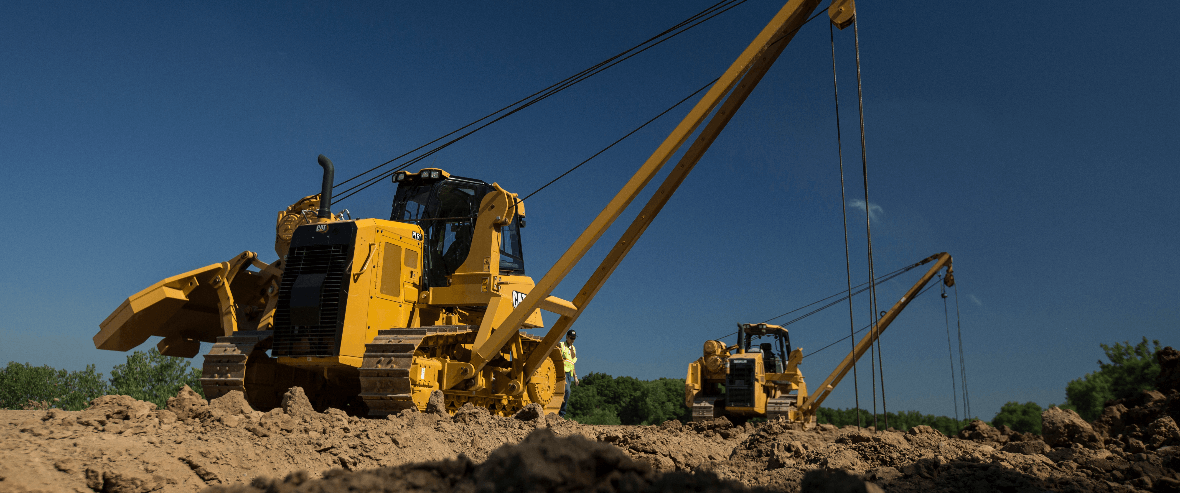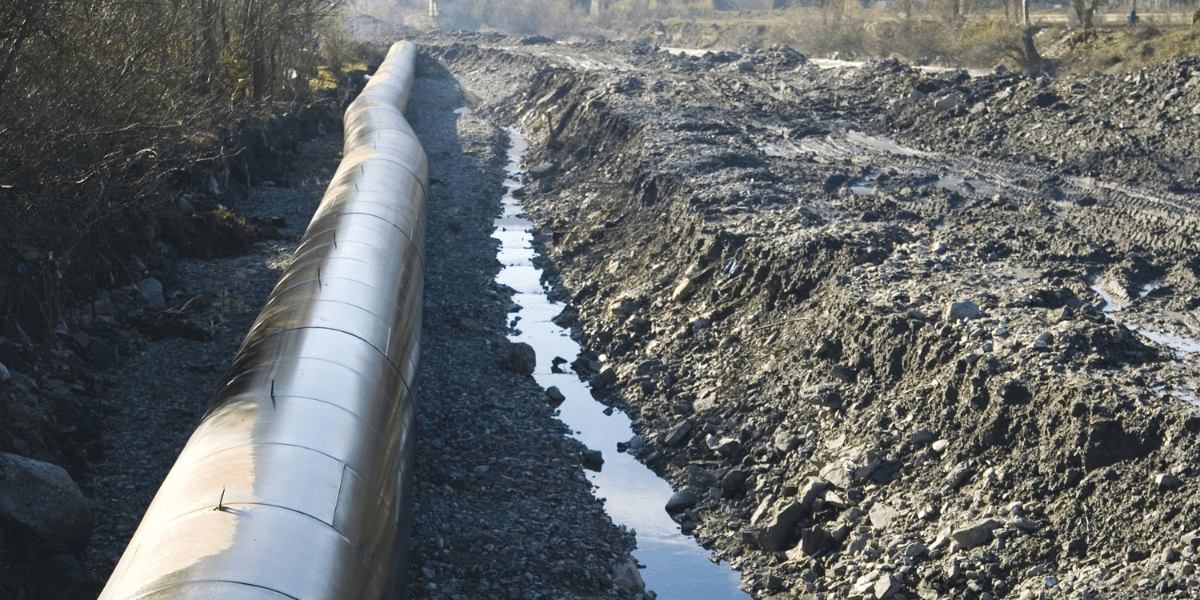Superior rentals squeeze tools: complete usage guide for field crews
A Comprehensive Overview to the Various Types of Oil Field Equipment and Pipeline Equipment Available
The oil and gas sector relies heavily on customized tools for efficient extraction and transportation. Different kinds of equipment, from piercing rigs to tank, play important functions in this complicated procedure. Each item of tools offers distinctive functions that add to total functional success. Understanding these components is essential for any person involved in the market. As the market advances, so also do the modern technologies that sustain it. What innovations are on the perspective?

Drilling Rigs: The Backbone of Oil Expedition
Drilling rigs act as the necessary equipment in the domain of oil expedition, enabling companies to accessibility hydrocarbon reserves buried deep underneath the Earth's surface area. These rigs are available in numerous kinds, consisting of land rigs, offshore rigs, and mobile systems, each developed to operate in certain settings. Furnished with advanced innovation, piercing rigs can pass through geological developments with precision, making certain reliable resource removal. The structural integrity and functional capabilities of these rigs are crucial, as they have to endure extreme problems and substantial stress. The choice of a drilling rig impacts the overall task price and timeline, making it an important factor to consider for oil firms looking for to maximize their expedition initiatives and maximize performance in their procedures.
Pumps: Crucial for Liquid Motion
In the oil extraction procedure, the function of pumps is considerable, helping with the movement of liquids throughout various stages of manufacturing. Pumps are essential for transporting unrefined oil, water, and various other fluids from underground reservoirs to the surface and after that via pipes to refineries. They come in different types, consisting of centrifugal, positive variation, and completely submersible pumps, each offering particular purposes based on the fluid qualities and functional demands. Centrifugal pumps are typically used for their performance in high-flow applications, while positive variation pumps excel in taking care of viscous liquids. The choice of pump impacts total effectiveness, operational safety, and maintenance costs. Appropriate option and maintenance of pumps are essential for maximizing production and reducing downtime in oil area procedures.
Valves: Managing Flow and Pressure

Valves play a crucial duty in managing the circulation and stress of fluids within oil areas and pipes. Numerous kinds of shutoffs serve unique applications, each created to accomplish particular functions fundamental for reliable procedure - Superior Oilfield Rentals Texas. Recognizing the qualities and uses these valves is essential for optimizing system efficiency and security
Sorts of Valves
Essential parts in oil area operations, valves play an important duty in controlling the circulation and pressure of fluids within pipes and devices. Various sorts of valves are made use of to meet the varied needs of oil and gas manufacturing. Typical kinds consist of gate shutoffs, which supply a straight-line flow and marginal pressure decline; world valves, recognized for their throttling capabilities; and sphere valves, identified for their fast on/off control. In addition, check shutoffs avoid heartburn, while butterfly valves offer a lightweight remedy for controling circulation. Each valve kind is made with specific materials and setups to hold up against the harsh problems typically located in oil fields, making certain dependability and performance in operations. Recognizing these kinds is critical for efficient system monitoring.
Valve Applications and Functions
While different sorts of valves serve unique objectives, their primary applications focus on controlling circulation and pressure within oil and gas systems. Valves such as gateway, world, and sphere shutoffs regulate fluid activity, guaranteeing peak efficiency and security. Gate valves are commonly used for on/off control, giving minimal flow resistance. Globe valves, on the various other hand, offer accurate circulation policy, making them appropriate for strangling applications. Round shutoffs are preferred for their fast procedure and limited sealing capabilities. On top of that, stress alleviation shutoffs are essential for stopping system overpressure, protecting tools stability. In general, the proper selection and application of shutoffs improve functional efficiency, making sure the reputable transportation of oil and gas through pipelines and handling centers.
Compressors: Enhancing Gas Transport
Compressors play an essential role in the effective transport of all-natural gas, making certain that it relocates smoothly with pipelines over long distances. These tools boost the pressure of all-natural gas, allowing it to get over friction and elevation modifications within the pipeline system. Furthermore, compressors assist in the harmonizing of supply and need, fitting changes in intake and manufacturing rates. Various kinds of compressors are utilized in the industry, including centrifugal, reciprocating, and rotating screw compressors, each offering unique advantages based upon the functional needs. Routine upkeep of these compressors is important to optimize performance and lessen downtime, ultimately contributing to a reliable gas transport network. Their crucial function highlights the value of compressors in the general oil and gas framework.
Storage Tanks: Safe and Efficient Liquid Management
Efficient transportation of all-natural gas counts on numerous support group, among which is the proper monitoring of tank. These containers play an essential role in securely having fluids, making certain that functional efficiency is kept while lessening ecological threats. Created from long lasting products, they are designed to hold up against high pressures and corrosive elements. Properly sized and strategically situated, tank help with the smooth flow of all-natural gas and various other liquids, protecting against traffic jams in supply chains. Normal maintenance and monitoring are important to identify leakages or architectural problems, promoting security and conformity with regulative standards. Inevitably, the reliable management of tank is crucial for the general integrity and reliability of the oil and gas sector's fluid handling systems.
Pipeline Equipments: Facilities for Transportation
Pipeline systems work as the backbone of the oil and gas industry, assisting in the reliable transportation of hydrocarbons over vast ranges. These systems consist of different elements, consisting of pipes, valves, pumps, and compressors, all carefully created to guarantee seamless flow. The products made use of in pipeline building and construction, usually steel or high-density polyethylene, are chosen for sturdiness and resistance to deterioration. Pipeline networks can extend throughout land and water, linking production websites to refineries and warehouse. Furthermore, progressed innovation enables real-time surveillance of circulation rates and stress degrees, improving functional effectiveness. The strategic positioning of these pipes lessens environmental influence while taking full advantage of resource accessibility, consequently playing a vital role in meeting power demands internationally.
Safety Equipment: Making Sure Employee and Environmental Security
The procedure of pipeline systems, while crucial for energy transport, also provides substantial safety challenges for employees and the setting. Security tools plays a significant function in minimizing these risks. Individual protective tools (PPE) such as headgears, gloves, and non-slip shoes safeguards employees from physical hazards. Additionally, gas detection systems keep an eye on for leakages, guaranteeing that dangerous materials do not pose a risk to employees or the surrounding ecological community. Emergency situation shutdown systems are crucial for swiftly halting operations throughout a situation, preventing potential catastrophes. Spill control materials, consisting of absorbents and barriers, are basic for decreasing ecological impact. In general, spending in comprehensive security devices is critical for maintaining functional stability and safeguarding both workers and the environment in the oil and gas sector.

Regularly Asked Inquiries
How Do I Select the Right Oil Field Equipment for My Task?
Picking the right oil field equipment includes evaluating project specs, budget plan constraints, and functional requirements. Think about aspects such as tools integrity, compatibility with existing systems, and the provider's online reputation to guarantee peak efficiency and safety and security.
What Are the Upkeep Needs for Oil Field Equipment?
Upkeep demands for oil field tools consist of normal evaluations, lubrication, and prompt repairs. Operators should likewise follow supplier guidelines, monitor efficiency metrics, and warranty conformity with safety and security regulations to boost long life and efficiency.

How Can I Ensure Compliance With Environmental Rules?
To assure compliance with environmental policies, firms should carry out routine audits, apply ideal practices, buy training, keep proper documentation, and stay updated on legislation (Superior Rentals near me). Partnership with ecological agencies can likewise boost adherence to policies
What Is the Typical Lifespan of Pipeline Equipment?
The ordinary life-span of pipeline devices normally ranges from 20 to 50 years, relying on elements such as material quality, ecological problems, and maintenance practices. Normal assessments can greatly influence durability and operational effectiveness.
Just how Do I Safely Transport Oil Field Equipment to Remote Locations?
Transferring oil click here area tools to remote locations needs cautious preparation, including course analysis, protecting permits, making use of proper automobiles, and ensuring safety protocols are followed. Proper training and communication among teams are crucial for effective transportation.